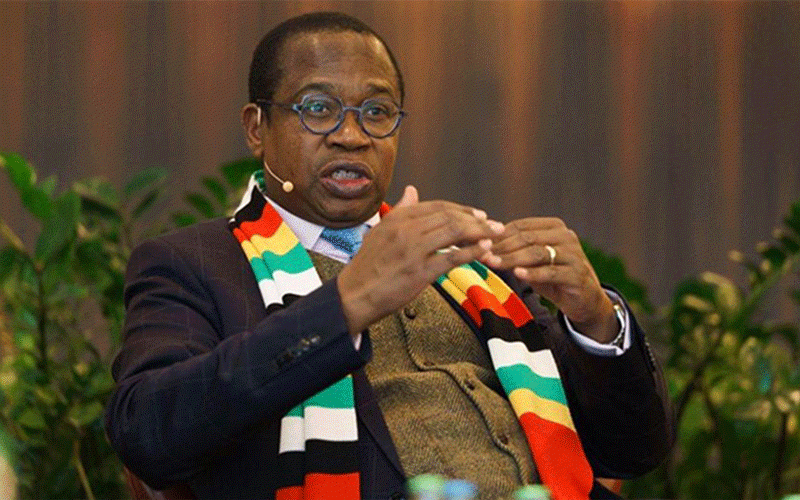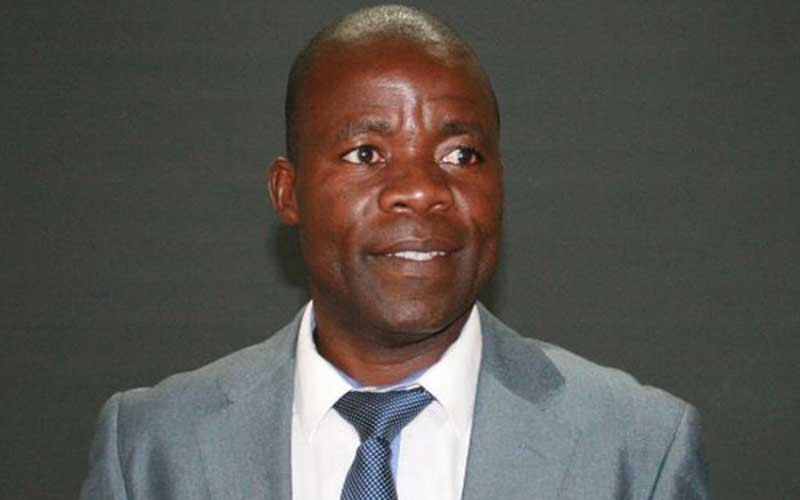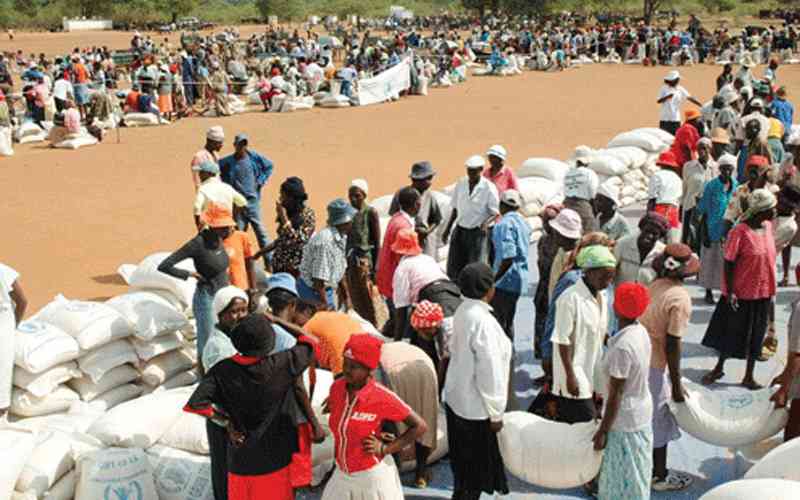
When Zimbabwe’s Finance minister Mthuli Ncube presented the national budget for 2023 to Parliament in November 2022, he placed high emphasis on a raft of initiatives designed to spur strong economic growth and unleash economic transformation. These included financing of infrastructural projects, education, health, value chains and other public investments.
At that time, Ncube’s budget plans ran the risk of being derailed by ultra-high interest rates which had led to a spike in the cost of borrowing for businesses and consumers.
The risk has since been reduced after the central bank lowered the benchmark interest rate following the weakening of inflationary pressures. Nonetheless, leading business associations in the country remain concerned that current interest rates are still very high.
Like many other countries around the world, Zimbabwe raised interest rates — known as monetary policy tightening — after Russia’s invasion of Ukraine sent prices of essential imported commodities such as wheat, fuel and fertiliser soaring. The price hikes amplified pre-existing inflationary pressures that were decades in the making. These were the culmination of lax monetary policy and de-anchored inflation expectations. Expectations become de-anchored when prices no longer match what people would normally expect to pay. Once expectations for high inflation become entrenched, they are very hard to reverse.
Interest rates were hiked to 200% in June 2022. The annual reading on inflation was 244% in December — down from 285% in August.
Inflation is falling, which helps to explain why the monetary policy committee of the Reserve Bank of Zimbabwe lowered the benchmark interest rate to 150% from 200% after its most recent meeting in February.
Global food price pressures underpinning the surge in inflation have been showing signs of easing for some time now.
If food prices continue trending down, inflation will come down much further and aid the central bank’s efforts to reduce interest rates. A slowdown in price rises, combined with the shift to less aggressive rate hikes, is good news for the minister’s budget initiatives on growth.
- Mavhunga puts DeMbare into Chibuku quarterfinals
- Bulls to charge into Zimbabwe gold stocks
- Ndiraya concerned as goals dry up
- Letters: How solar power is transforming African farms
Keep Reading
Food price pressures show signs of easing
There are three signs that food inflation pressures could be easing. First, a United Nations gauge tracking global food commodity costs declined for the last nine months of 2022, and could potentially return to levels last seen before Russia’s invasion of Ukraine if this trend continues in 2023.
Other commodity prices will likely ease too as countries diversify supply to shield against future supply chain disruptions.
Second, fertiliser prices have been falling for the past few months and ended 2022 at levels not seen since Russia’s invasion of Ukraine on February 24, 2022.
Lastly, the country is expecting agricultural output to be boosted by a favourable rainfall season this year.
This should also help to bring down domestic food prices.
These signs offer some cause for cautious optimism, though risks remain that can upend the downward trend in world food prices. Disruption of the Black Sea grain-export deal amid war in Ukraine and adverse supply shocks to global commodity markets are among the key potential risks.
Risks of elevated interest rates
Elevated interest rates from monetary policy tightening trigger a jump in the cost of borrowing for businesses. This happened in Zimbabwe in the aftermath of the world’s most aggressive central bank policy tightening in June 2022.
According to the two largest industry and commerce business groups in the country — Confederation of Zimbabwe Industries and Zimbabwe National Chamber of Commerce — the dramatic surge in the cost of borrowing tightened corporate credit conditions, raised production costs, and strained business investment. They are calling for the central bank to downshift rate hikes to between 80% and 100% so that borrowing costs do not rise so high that businesses must halt production.
The World Bank also joined the chorus of expressing concern over higher interest rates had crimped investment in the country.
Higher borrowing costs also pushed down spending by households, adding to disquiet over inflation and collapsing living standards. A new law barring health workers from going on strike for an extended period underscores how the government has chosen to react to the cost-of-living squeeze on household budgets.
Less household spending means less revenue for firms, and less revenue for firms means more job losses in a country where it is estimated that up to 90% of Zimbabweans are working in the informal economy.
Lastly, the negative impact of high interest rates on the labour market is a concern. Aggressive rate hikes would only serve to further crush the labour market.
The dual drags on business investment and consumer spending combined with the labour market pain imply that it would have been very challenging for the economy to grow — in spite of the well-intentioned new public investment initiatives.
Policy moves ahead
The proposed public investment expenditures that were unveiled in the national budget have the potential to accelerate economic growth and usher in a new era of structural transformation. With falling interest rates and inflation, the potential growth benefits of higher public investment will be amplified by the positive impact on business investment, consumer spending and the labour market.
- Jonathan Munemo is a professor of economics, Salisbury University, US











